Intro
Understand blood glucose units, including mmol/L and mg/dL, to manage diabetes effectively, convert glucose levels, and track blood sugar monitoring with ease, using glucose meters and logs to maintain healthy glucose control.
The importance of understanding blood glucose units cannot be overstated, especially for individuals living with diabetes. Blood glucose levels are a critical aspect of managing the condition, and being able to interpret these levels is essential for maintaining good health. In this article, we will delve into the world of blood glucose units, exploring what they are, how they are measured, and why they are so crucial for diabetes management.
For people with diabetes, monitoring blood glucose levels is a daily task that requires a good understanding of the units used to measure these levels. The most common units used to express blood glucose levels are milligrams per deciliter (mg/dL) and millimoles per liter (mmol/L). These units may seem confusing at first, but they are actually quite straightforward once you understand the basics. In the United States, mg/dL is the most commonly used unit, while in other parts of the world, mmol/L is more widely used.
The ability to understand and work with blood glucose units is vital for individuals with diabetes, as it enables them to make informed decisions about their diet, exercise, and medication. By monitoring their blood glucose levels, individuals can identify patterns and trends that may indicate a need to adjust their treatment plan. This, in turn, can help to prevent complications associated with diabetes, such as heart disease, kidney damage, and nerve damage. In the following sections, we will explore the different aspects of blood glucose units in more detail, including how they are measured, the benefits of monitoring, and the importance of accurate measurement.
Blood Glucose Units: An Overview
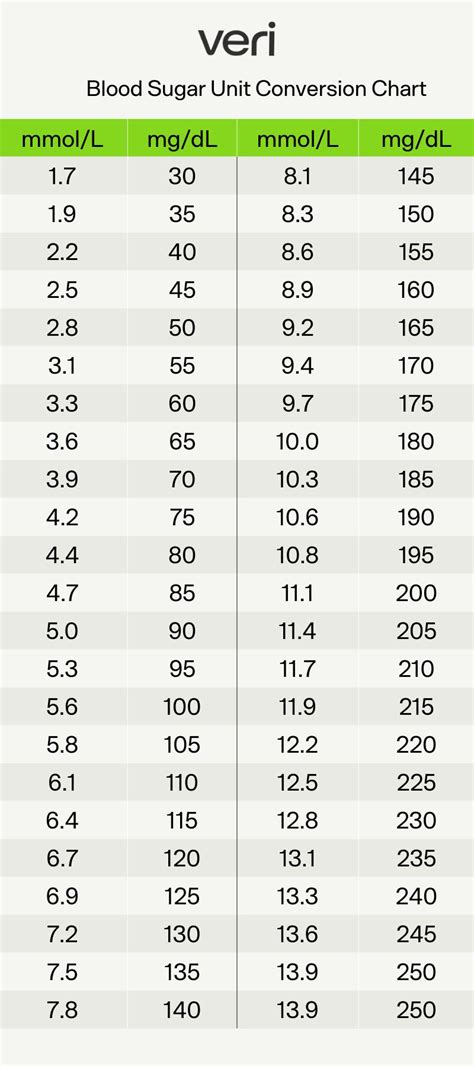
Milligrams per Deciliter (mg/dL)
Milligrams per deciliter (mg/dL) is a unit of measurement that expresses the concentration of glucose in the blood in terms of milligrams per deciliter. This unit is widely used in the United States and is often preferred by healthcare professionals because it is easy to understand and work with. For example, a blood glucose level of 120 mg/dL indicates that there are 120 milligrams of glucose per deciliter of blood.Millimoles per Liter (mmol/L)
Millimoles per liter (mmol/L) is another unit of measurement that is commonly used to express blood glucose levels. This unit is widely used in other parts of the world and is often preferred by scientists and researchers because it is a more precise unit of measurement. For example, a blood glucose level of 6.7 mmol/L indicates that there are 6.7 millimoles of glucose per liter of blood.How Blood Glucose Levels Are Measured
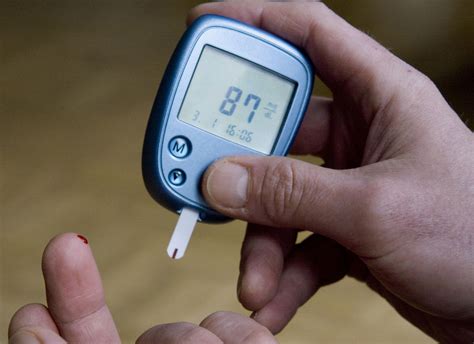
Continuous glucose monitoring systems are another method used to measure blood glucose levels. These systems involve wearing a small sensor under the skin that continuously monitors glucose levels throughout the day. Laboratory tests are also used to measure blood glucose levels and involve sending a blood sample to a laboratory for analysis.
Fingerstick Tests
Fingerstick tests are the most common method used to measure blood glucose levels. This method involves pricking the finger with a lancet to collect a small sample of blood. The sample is then placed on a test strip and inserted into a glucose meter, which provides a reading of the blood glucose level. Fingerstick tests are convenient and relatively painless, but they may not provide accurate results if the test strip is not used correctly or if the sample is contaminated.Continuous Glucose Monitoring Systems
Continuous glucose monitoring systems are another method used to measure blood glucose levels. These systems involve wearing a small sensor under the skin that continuously monitors glucose levels throughout the day. The sensor sends data to a receiver, which displays the glucose level and provides alerts if the level is too high or too low. Continuous glucose monitoring systems are more accurate than fingerstick tests and provide a more complete picture of glucose levels throughout the day.The Benefits of Monitoring Blood Glucose Levels
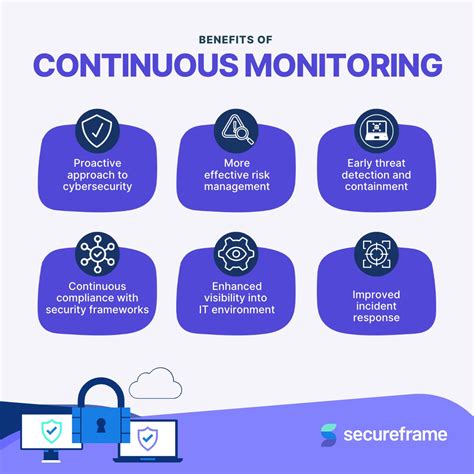
Some of the benefits of monitoring blood glucose levels include:
- Improved blood glucose control
- Reduced risk of complications
- Increased flexibility and freedom
- Better understanding of how diet and exercise affect glucose levels
- Enhanced ability to make informed decisions about treatment
Improved Blood Glucose Control
Monitoring blood glucose levels enables individuals to make informed decisions about their diet, exercise, and medication, which can help to improve blood glucose control. By identifying patterns and trends in glucose levels, individuals can adjust their treatment plan to better manage their condition.Reduced Risk of Complications
Monitoring blood glucose levels can help to reduce the risk of complications associated with diabetes, such as heart disease, kidney damage, and nerve damage. By keeping glucose levels within a target range, individuals can reduce their risk of developing these complications.The Importance of Accurate Measurement

Some of the factors that can affect the accuracy of blood glucose measurements include:
- Test strip quality
- Meter calibration
- Sample size
- Contamination
- User error
Test Strip Quality
The quality of the test strip can affect the accuracy of the measurement. Test strips that are expired or have been exposed to extreme temperatures may not provide accurate results.Meter Calibration
The meter must be calibrated correctly to provide accurate results. If the meter is not calibrated correctly, the measurements may be inaccurate.Common Blood Glucose Targets
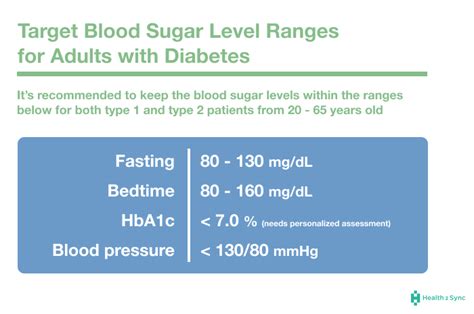
These targets may vary depending on the individual's specific needs and circumstances. It is essential to work with a healthcare provider to determine the best targets for each individual.
Fasting Glucose
Fasting glucose is the glucose level after an overnight fast. The ADA recommends a fasting glucose target of 80-130 mg/dL.Postprandial Glucose
Postprandial glucose is the glucose level after eating. The ADA recommends a postprandial glucose target of less than 180 mg/dL.Managing Blood Glucose Levels
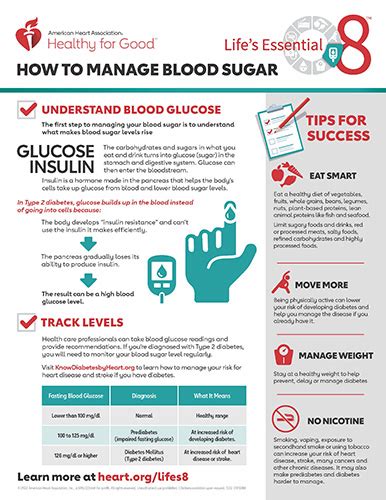
Eat a Healthy, Balanced Diet
Eating a healthy, balanced diet is essential for managing blood glucose levels. This includes consuming plenty of fruits, vegetables, whole grains, and lean protein sources.Engage in Regular Physical Activity
Engaging in regular physical activity is also essential for managing blood glucose levels. This includes activities such as walking, jogging, cycling, and swimming.What is the normal range for blood glucose levels?
+The normal range for blood glucose levels is between 70-110 mg/dL for individuals without diabetes. For individuals with diabetes, the target range is typically between 80-130 mg/dL for fasting glucose and less than 180 mg/dL for postprandial glucose.
How often should I check my blood glucose levels?
+The frequency of checking blood glucose levels depends on the individual's specific needs and circumstances. Typically, individuals with diabetes should check their blood glucose levels at least 4-6 times per day, including before meals and before bedtime.
What are the risks of not managing blood glucose levels?
+The risks of not managing blood glucose levels include developing complications such as heart disease, kidney damage, and nerve damage. Uncontrolled blood glucose levels can also lead to diabetic ketoacidosis, a life-threatening condition that requires immediate medical attention.
In conclusion, understanding blood glucose units is essential for individuals with diabetes, as it enables them to make informed decisions about their treatment plan. By monitoring their blood glucose levels, individuals can identify patterns and trends that may indicate a need to adjust their diet, exercise, and medication. We encourage readers to share their experiences and tips for managing blood glucose levels in the comments below. Additionally, if you found this article helpful, please share it with others who may benefit from this information. By working together, we can help to improve the lives of individuals with diabetes and promote better health outcomes.
